Published: 15 April 2024
Last updated: 16 April 2024
Look, don’t get excited, just try to stay calm… but you are reading a column written by Australia’s first ever social media editor. Yes. I can hear your gasps of wonder and amazement. It was me. I was the first ever social media editor in this country.
It was 2010 and after a decade working as a journalist around the world, I returned home to Melbourne and found myself working for the biggest newspaper in the country, The Herald Sun.
Social media was growing in every single area of our lives and was destined to be a game-changer in the newsroom.
I soon realised that social media affected much more than the consumption and dissemination of news. Mastheads were bleeding from the loss of classified advertising and editors started to realise that every single person walking around with a smartphone was potentially a citizen journalist.
It was the dawn of the user-generated content (UGC) revolution.
Three months after my appointment, in March 2011, came my first real test of UGC. A massive tsunami hit Japan, sparked by an earthquake lasting six minutes and measuring 9.0 on the Richter scale. We watched in real-time as the wave crushed absolutely everything in its path, killing 20,000 people.
I worked for 22 hours straight, scouring Twitter and Facebook for people posting photos, trying to clarify what was happening and identifying any Australians either stranded or affected.
One of the central challenges was jokers posting photos that were either doctored or from other natural disasters just to mess with journalists and create their own sort of digital anarchy.
It was a baptism (batmitzvah?) of fire, figuring out the best way to fact check every single image that came across the timeline, ensuring that you were using images, content and information that was verified or verifiable.
At the centre of the mess, Israel and Hamas are trying to Twitter and Tik Tok-propaganda their way to victory.
I’ve since given lectures on this subject to thousands of journalists across Australia, written articles, created guidelines and witnessed the evolution of agencies who have made it their jobs to source and verify user-generated content (like Storyful).
But since October 7, even I have been completely lost, trying to figure out what is fact and what is fiction in the war in the Middle East.
It’s a dirty soup of misinformation (information that is wrong) and disinformation (incorrect information deliberately planted to deceive). I’ve struggled to post my own updates on social media, with a deep concern that I only post verifiable or verified information, standards that are incredibly difficult to ascertain.
At the centre of the mess, we have Israel and Hamas trying to Twitter and Tik Tok-propaganda their way to victory. Government spin is nothing new, it’s the reason journalists exist. But this new and sophisticated wave of total crap pouring out of both sides makes it very difficult to see the wood for the trees. And for both sides it also leads to the dangerous reality of people dismissing what is verifiable or verified fact as “hasbara” or propaganda.
Reporters Without Borders say that both Palestine and Israel face serious challenges in terms of press freedom.
On top of that, we have a host of foreign actors – Russia, Iran, America and so on – contributing to the confusing flow of junk information into the cybersphere. In particular, the disinformation coming out of Russia, Iran and Lebanon is particularly dangerous.
And then we have the cherry on the cake, the advent of Generative Artificial Intelligence. For the past few months, I have been learning how to create GenAI imagery and it is truly terrifying.
There’s no image it can’t create, given the right text prompts – and I’m not even a computer programmer.
Now we also have GenAI robots creating video - this ain’t amateur hour, folks. It’s frighteningly convincing.
Then we have the cherry on the cake, AI. Now we have GenAI robots creating video. It’s frighteningly convincing.
I find myself wondering, who can I trust? Where can I go for solid information? Where can I go for the real story?
I initially wrote a version of this column before the horrific murders at Bondi Junction. It came to pass that the concerns I was expressing were somewhat prescient. As the whole of Australia waited for news about the nature of the attack and the perpetrator, rumours almost immediately started circulating online.
There were claims that the perpetrator was “probably a Zionist” and they went so far as to misidentify him, as someone with the surname Cohen. That claim was then picked up by Channel 7, which may be awaiting a potential defamation claim from the man in question.
Meanwhile, some right-wing Jews - some with huge social media followings - were immediately Islamophobic in their assumptions about the crime, rapidly labelling the attack as Muslim-inflicted terror. As the attack went viral online, pro-Israel accounts with enormous social media followings were incorrectly identifying the perpetrator as both pro-Palestinian and Muslim.
In the hours after the attack, I repeatedly posted, asking people in my circles not to make assumptions until we knew the facts.
But for some people at both extreme ends of the political spectrum, the temptation was too great. The spread of mis- and disinformation was rife, leading to real-life consequences for innocent people, confusion for families, baseless suspicion and abuse directed towards both communities.
As a journalist I have always endeavoured to spend time verifying stories for myself, before succumbing to the temptation of sharing them to social media, and never more so than in the past six months. A recent example is footage of a number of people protesting Hamas in Gaza. I don’t speak Arabic and these videos, often filmed in darkness, don’t feature any sources or attribution.
I don’t want to contribute to the wave of mis- and disinformation by sharing unverified information, certainly purportedly from a population under siege and bombardment. But I also want to represent both Palestinian and Israeli voices on the ground instead of the multitude of bad actors of self-appointed disconnected spokespeople, seeking to put words in their mouths.
The final overlaying factor on this swamp is the bias of the journalists and mastheads themselves. Far too many of the news services have proven their bias, for or against either side, both in the lead-up to the current conflict and the months since October 7.
So where does that leave us?
Well, it leaves us with a stark new status quo as far as the evaluation of fact goes, with a news media in decline and less and less able to help verify information. As a community, we have to be vigilant in sharing information that has been verified by someone with the qualifications to do it and not just propaganda, rumour or distortions from either side.
We also need to recognise that simply swallowing the lines that either government is spinning is a dangerous thing. We need to be able to acknowledge the facts as they stand and question them when they don’t make sense.
This war has proven that media literacy should be part of every high school curriculum.
I’m no genius. But if I am finding this difficult, I can’t imagine how the people who haven’t spent the last 15 years working in digital environments and verification are navigating some of these issues.
But there is always hope. Time is a great reckoner. As the great 21st century philosopher APWB Dumbledore says, “truth will out”.
I think this war has proven beyond any shadow of a doubt that media literacy should be part of every high school curriculum. Children must be taught not to believe everything they see online as fact. They have to be taught to look at news with a critical eye and ensure that they’re not accepting every Tik Tok video or Snapchat at face value.
For those of us who are past school age, we must look at sourcing (where does the information come from, who is posting it), what are their biases and where possible, and cross-reference multiple reports to see if the reports are consistent across outlets.
With the internet at our fingertips, this is a question of three keystrokes in many cases. It’s worth your time and mine.
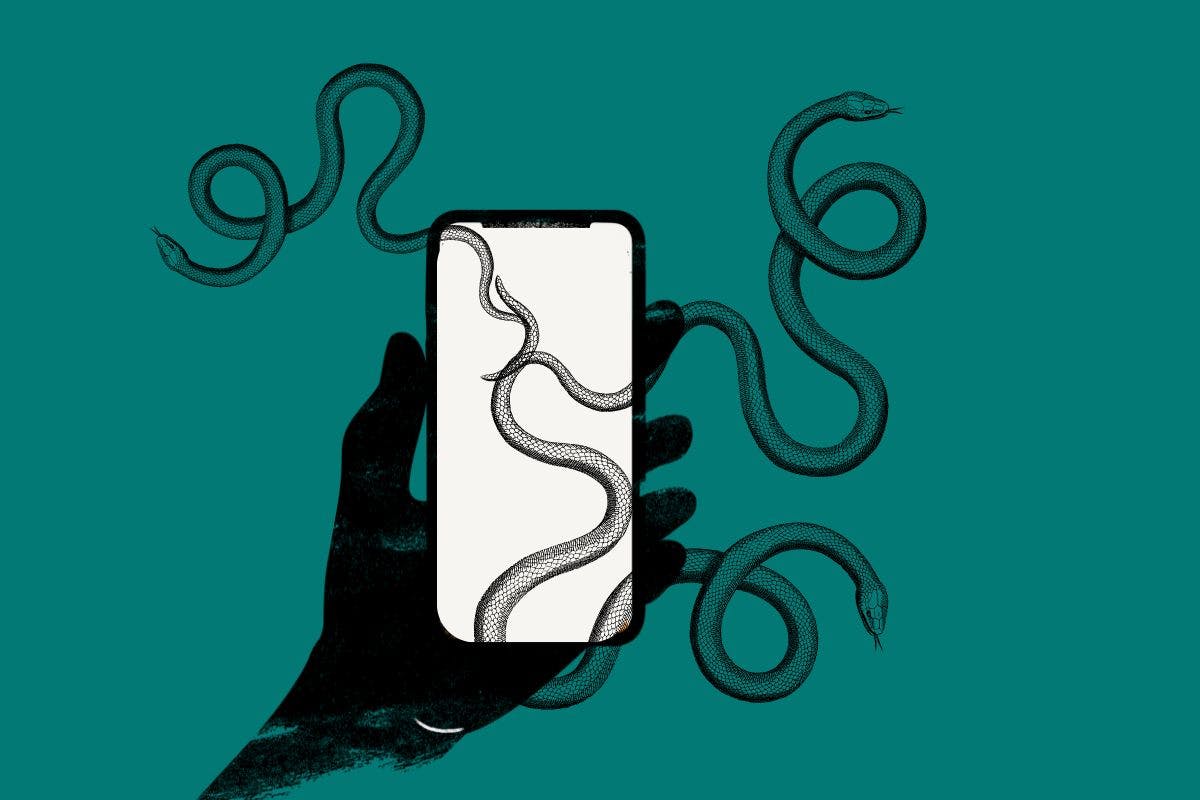
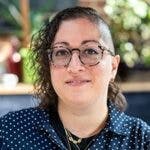
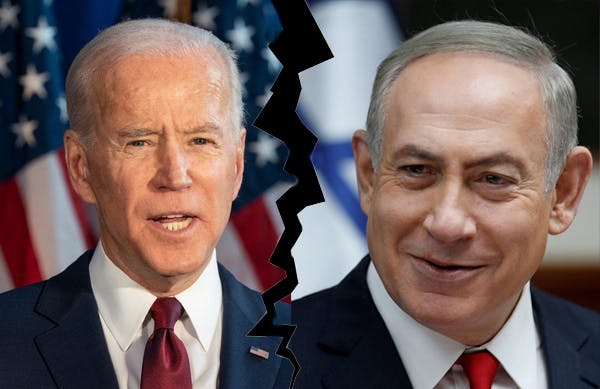
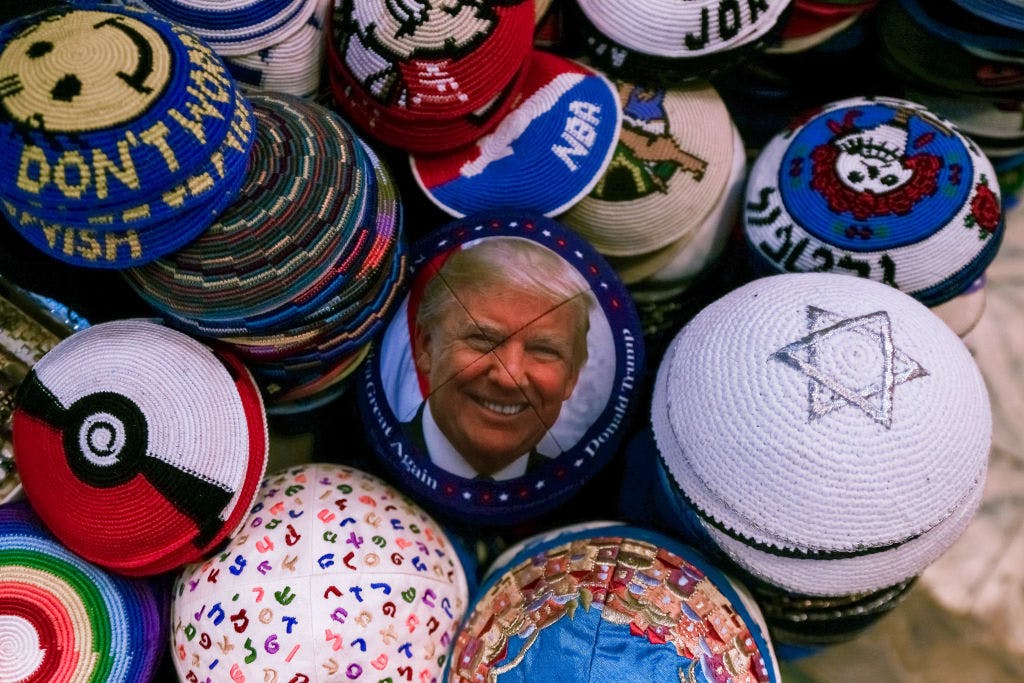
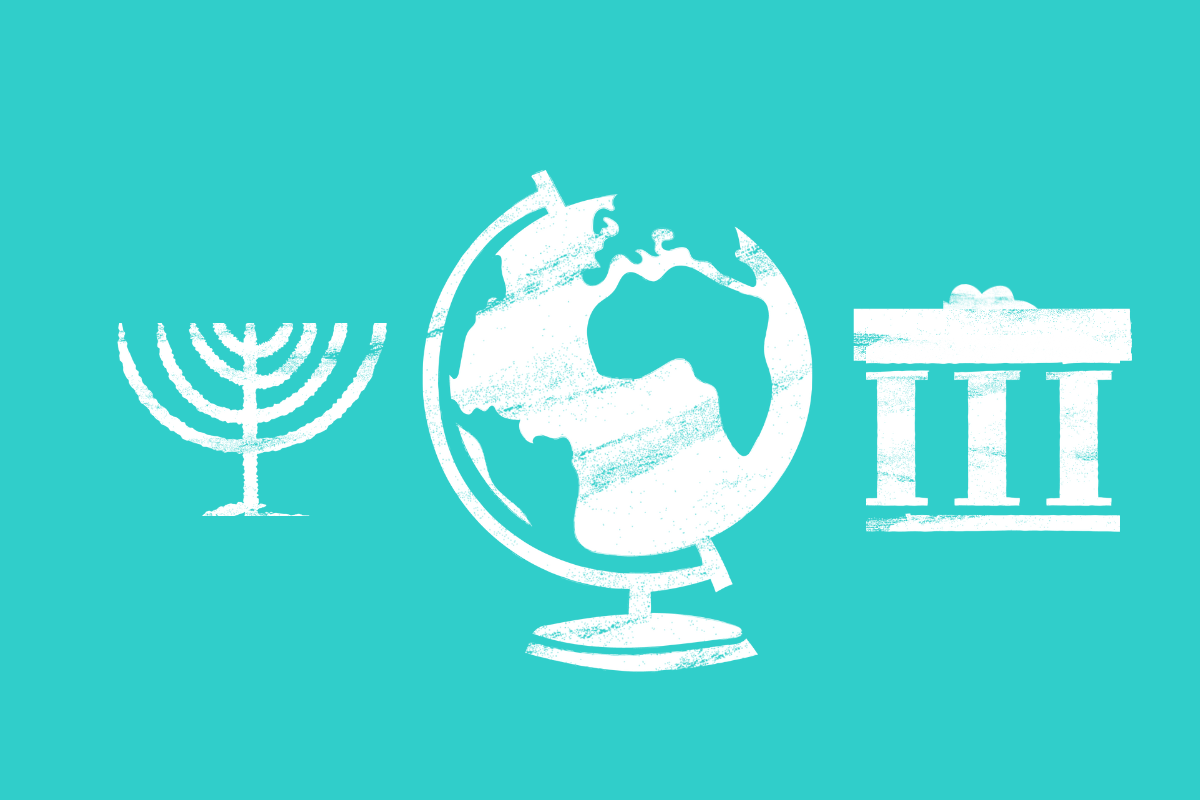
Comments2
Polly17 April at 12:56 am
I love the inherent call to action within this article: media literacy training for school students and adults. I might have funding to develop a program on this, and I would love to hear from others who may have/are doing the same!
Wesley Parish16 April at 07:32 am
I think we can argue misinformation and disinformation have been around for quite some time. One of the unexpected results of the decades of archeology in the Bible Lands region, is we now have a much clearer idea of just what happened back then. And consequently, what is propaganda.